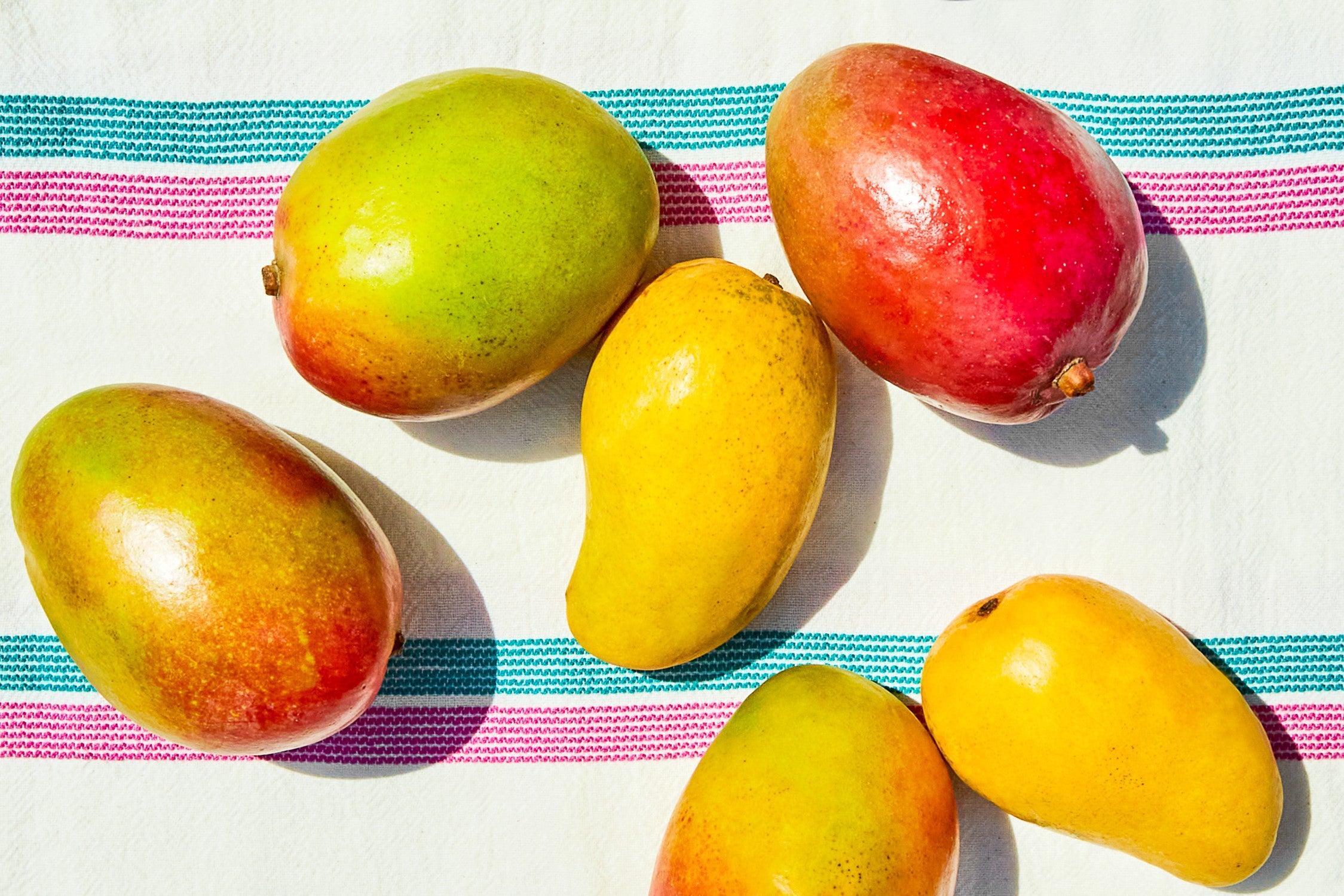
A mango (also called the "king of fruits" in some parts of the world) is an edible stone fruit produced by the tropical tree Mangifera indica. It is believed to have originated between northwestern Myanmar, Bangladesh, and northeastern India. M. indica has been cultivated in South and Southeast Asia since ancient times resulting in two types of modern mango cultivars: the "Indian type" and the "Southeast Asian type". Other species in the genus Mangifera also produce edible fruits that are also called "mangoes", the majority of which are found in the Malesian ecoregion. Worldwide, there are several hundred cultivars of mango. Depending on the cultivar, mango fruit varies in size, shape, sweetness, skin color, and flesh color, which may be pale yellow, gold, green, or orange. Mango is the national fruit of India, Pakistan and the Philippines, while the mango tree is the national tree of Bangladesh.
Learn More on WikipediaThe amazing mango tree (Mangifera Indica) is much more than just a source of mangos. It’s a beautiful, living thing that gives back so much to the planet and the people who tend it.
Where do mango trees grow? The mango tree growing zone is limited to tropical climates. Extended exposure to temperatures below 30°F can kill or severely damage a mango tree, as mango tree cold tolerance is low. So, in the U.S. the mango tree growing zones are the southernmost portions of Florida and California plus Hawaii and Puerto Rico. Fortunately, while mango tree cold tolerance isn’t one its strong suits, mangos are cultivated in mango tree growing zones all around the globe and Americans can enjoy the delicious fruit year ‘round. How fast do mango trees grow and what is the average mango tree height? A mango tree can grow fairly quickly and quite large, reaching a height of 100 feet or more with a canopy of 35 feet or more. Of course, mango tree growth rate, mango tree growth stages, and mango tree height vary based on soil and weather conditions. The average mango tree height for those in cultivation is generally much shorter as this makes for a more manageable harvest. But these trees shouldn’t be confused with dwarf mango trees. Dwarf mango tree varieties have naturally small to medium-size trees. The large leaves of a mango tree are leathery, 5 to 16 inches in length, and remain on the tree for a year or more. Flowers are produced in terminal panicles or clusters 4 to 16 inches long. Each flower is small with white petals and a mild sweet aroma. The flowers are pollinated by insects and less than 1 percent of the flowers will mature to form fruit. A mango fruit tree in full flower in the optimal mango tree growing zone is a beautiful sight indeed.

Certain mangos on each tree will receive more sunlight than others, with some fruit staying shaded within the tree’s canopy. In certain varieties, the mangos that receive the most sunlight will develop a red blush at the stem end. This red blush is not an indicator of maturity, quality or ripeness. In terms of mango tree growth stages, it takes approximately four months for the mangos to mature on the tree before they’re ready for harvest. During that time, the fruit-laden branches of the mango tree may bow under the weight of the developing mangos. Each fruit is harvested by hand, providing jobs for local workers and a safe passage to the packinghouse for the mangos.
Learn More All Things MangoNutritious and delicious, the mango delivers on all levels. In addition to their juicy tropical flavor, mangos deliver nutritional value and make healthy eating a joyful and nostalgic experience.The 2020-2025 Dietary Guidelines for Americans recommend that adults (ages 19 to 59) consume 1.5 to 2.5 cups of fruit every day (based on a daily consumption of 1600 to 3000 total calories). That’s where mangos come in! The versatile mango is available year round and adds delicious flavor to a balanced diet.
Mango is delicious, versatile, and easy to add to your diet even though it might seem difficult to cut due to its tough skin and large pit. Here are a few suggestions of different ways you can enjoy eating a mango!
Tip: Keep in mind that mango is sweeter and contains more sugar than many other fruits. Moderation is key — it’s best to limit mango to about 2 cups (330 grams) per day.